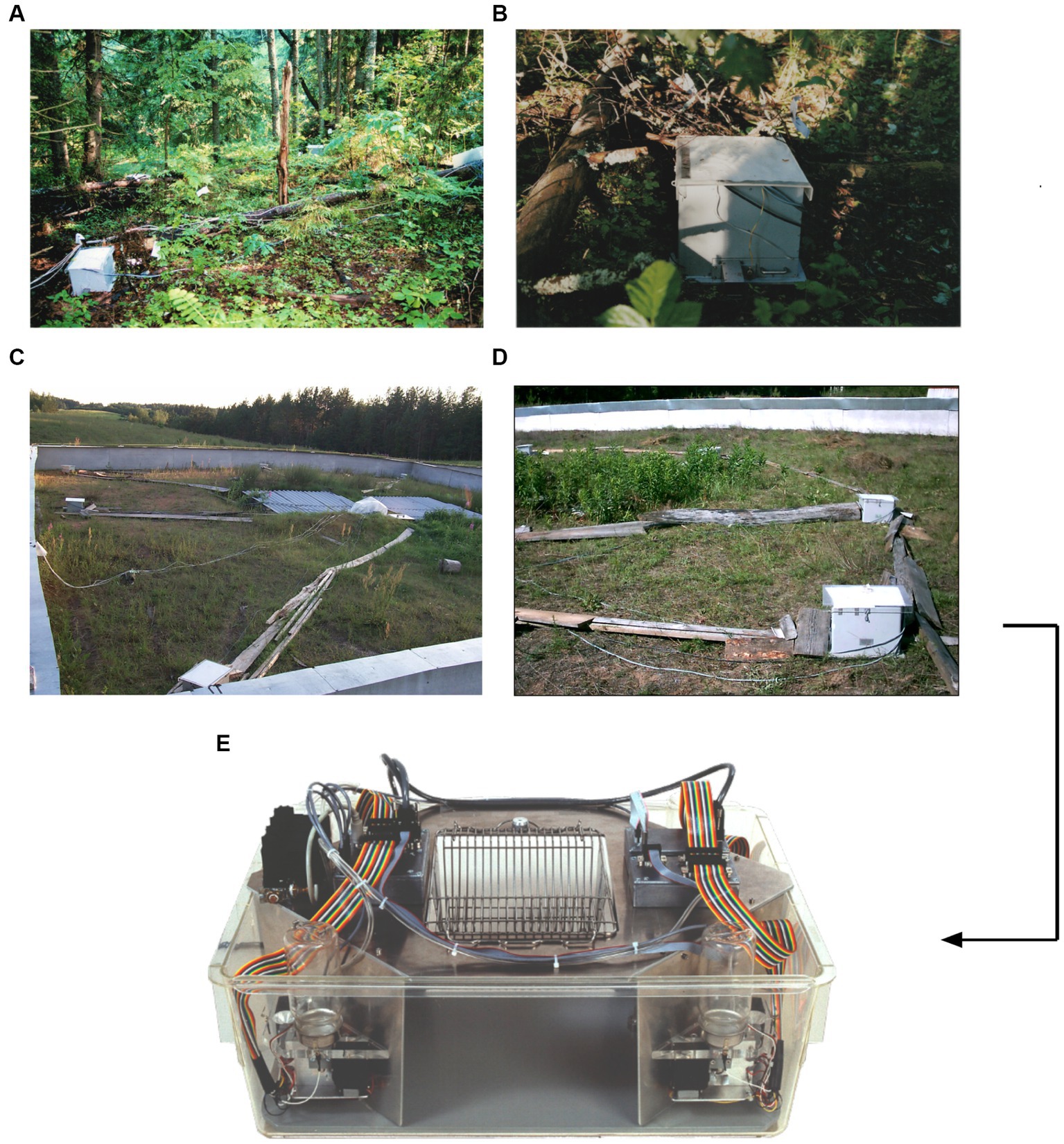
**Revolutionary AI in Alzheimer’s Detection: Subtle Behavioral Shifts Disclosed Through Advanced Machine Learning**
Alzheimer’s disease continues to be one of the most dreaded neurological disorders globally, mainly due to its progressive characteristics and the difficulties associated with early diagnosis. Nonetheless, a pioneering study spearheaded by researchers at Gladstone Institutes has revealed an encouraging method: employing artificial intelligence (AI) to pinpoint subtle behavioral shifts associated with the disease’s initial stages. Their research, published in *Cell Reports*, presents an advanced machine learning tool known as Variational Animal Motion Embedding (VAME), which could transform early diagnosis and the assessment of potential Alzheimer’s treatments.
### **The VAME Innovation: A Behavioral Transformation**
Conventional techniques for studying Alzheimer’s typically depend on cognitive assessments or established tasks tailored to measure memory, attention, or other cognitive functions. Although these approaches have been fundamental in deepening our understanding of the condition, they often identify changes only after considerable cognitive deterioration has taken place. Enter VAME—a state-of-the-art, video-based machine learning system that transcends these limitations.
VAME evaluates spontaneous, unprompted behaviors rather than relying on specific task responses. This ability allows the tool to detect subtle, early-stage behavioral alterations that would generally escape traditional observation or testing. As senior study author Jorge Palop, PhD, states, “We utilized a powerful tool that provides a pathway to a more comprehensive understanding of destructive brain disorders and their beginnings.”
Utilizing this system, researchers examined video recordings of mice designed to model Alzheimer’s disease. The AI platform demonstrated that, as both transgenic Alzheimer’s mouse models and humanized *App* knockin mice aged, they displayed heightened levels of what scientists referred to as “disorganized behavior.” This encompassed irregular activity patterns and frequent shifts between different behaviors. These results are crucial because they indicate early disturbances in brain function—long before confusion, memory issues, or other signature symptoms become apparent.
### **A Novel Instrument for Diagnosing Neurological Disorders**
One of the most thrilling aspects of the researchers’ findings is the potential for this technology to be applied in humans. Stephanie Miller, PhD, the study’s lead author, foresees this technology reshaping the clinical field. “Similar machine learning methods could one day be employed to analyze spontaneous behaviors in humans, potentially allowing for early diagnosis of neurological disorders,” she notes.
The ramifications are significant. Identifying Alzheimer’s at its preclinical phase—before substantial cognitive decline occurs—would provide patients with opportunities for earlier treatments and interventions that could slow or possibly stop disease advancement. Furthermore, VAME’s capacity to evaluate spontaneous behavior opens up the possibility for ongoing monitoring of individuals in their everyday environments, such as their homes, yielding deeper insights into the progression of neurological disorders over time.
### **Progressing Alzheimer’s Research and Treatment**
The utility of VAME extends beyond diagnosis. To assess its effectiveness in evaluating treatments, researchers tested a therapeutic intervention designed to decrease brain inflammation in mouse models. Remarkably, VAME identified enhancements in the animals’ behavior patterns, demonstrating how the AI tool could assess the success of such interventions. This ability is crucial, as it offers researchers a more accurate approach to evaluating treatment efficacy, especially during the vital early phases of experimental therapies.
Additionally, by recognizing subtle behavioral alterations that are frequently overlooked or undetectable by traditional methods, AI models like VAME allow scientists to explore new avenues for comprehending the fundamental causes and progression of Alzheimer’s.
### **Expanding the Horizons: From Mice to Humans**
While the study concentrated on mice, its ramifications for human diagnostics are substantial. The emergence of wearable technologies and home-based health-monitoring systems suggests that tools like VAME could eventually be integrated into devices that observe real-world, spontaneous behavior in humans. For instance:
– **Early Identification:** Patients could be monitored during daily activities, with AI systems detecting initial signs of cognitive decline through subtle variations in movement, attention, or conduct.
– **Tailored Monitoring:** By tracking an individual over time, VAME-based tools might recognize deviations from a patient’s behavioral norm, providing a customized method for pinpointing early-stage neurological disorders.
– **Remote Evaluations:** AI-enhanced behavioral analysis could deliver diagnostic tools directly into patients’ homes, minimizing the necessity for frequent clinic visits and expanding access to early diagnostic capabilities.
### **The Importance of Early Diagnosis**
Alzheimer’s disease frequently commences years—even decades—before discernible cognitive symptoms arise. Recognizing the disease at this preclinical stage is crucial because early intervention could significantly enhance outcomes. Current therapeutic options primarily excel at slowing (rather than reversing) the progression of the disease, underscoring the necessity to initiate treatment as early as possible.
Moreover, early diagnosis affords patients and their families more time to strategize for the future and seek support while alleviating the economic strain associated with advanced care stages.
### **Glossary of Key Terms**
– **VAME (Variational Animal Motion Embedding):** A state-of-the-art AI tool that utilizes video analysis to unveil detailed and subtle behavioral patterns.